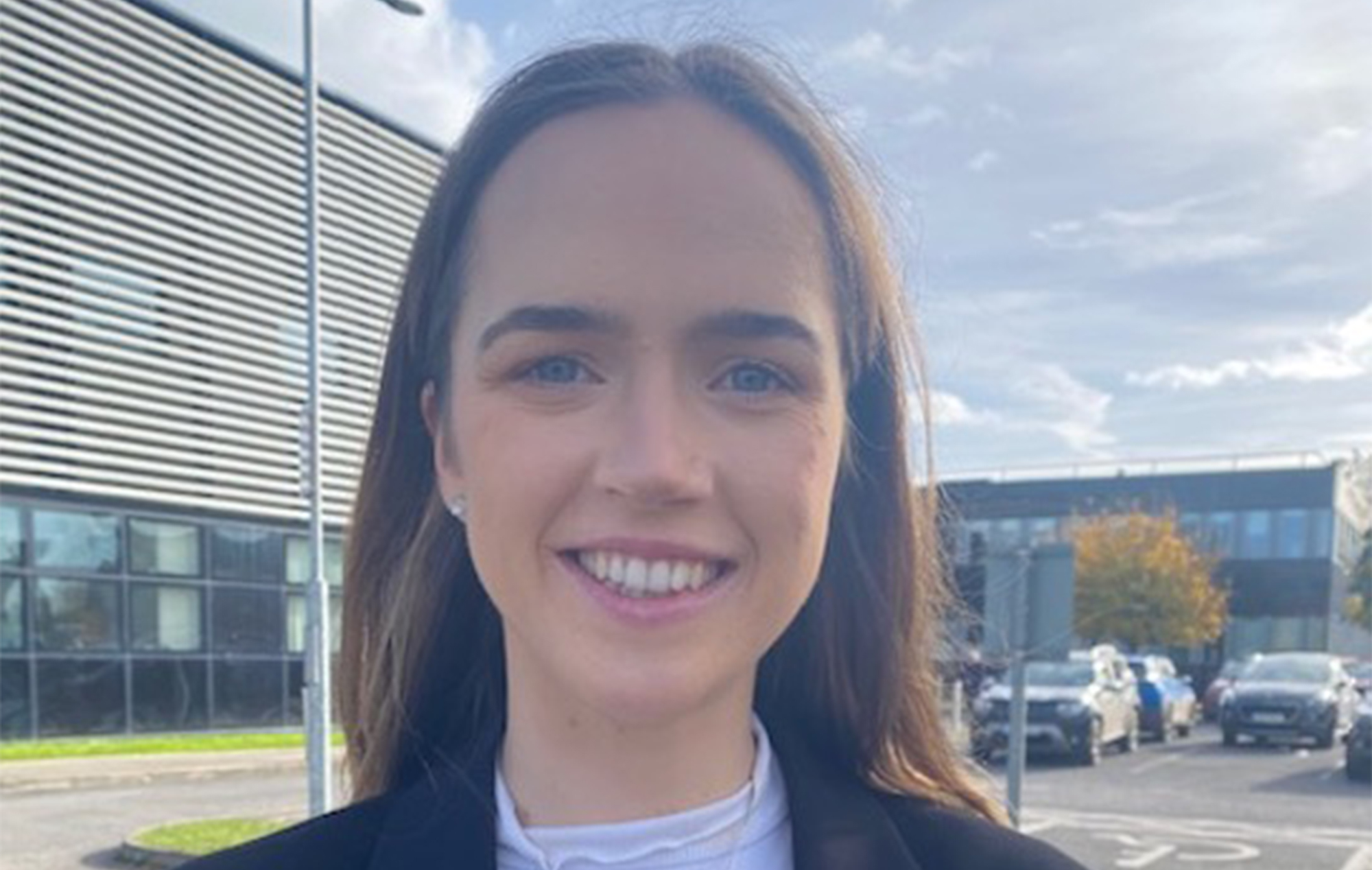The effect of clinical treatments to disrupt and kill in-vitro equine reproductive biofilm-forming pathogens, isolated from clinical cases
by Áine Mcgrath
|
2 min read
My name is Áine Mcgrath and I am a final year student in Biomedical science at Munster Technological University, Ireland. My project is titled ‘The effect of clinical treatments to disrupt and kill in-vitroequine reproductive biofilm-forming pathogens, isolated from clinical cases’. The aim of this project was to determine the best treatment for equine endometritis and to identify the bacteria present in clinical cases.

Equine endometritis is a major cause of subfertility in mares, caused by biofilm-forming pathogens such as Escherichia coli, Klebsiella pneumoniae, Pseudomonas aeruginosa, and Streptococcus zooepidemicus. These biofilms protect bacteria from antibiotics and host immune responses, complicating treatment. This study aimed to evaluate the biofilm-disrupting ability of 18 treatments that were outlined in the literature. These included antibiotics, mucolytic agents, antiseptics, and essential oils. Samples (n=10) were obtained from uterine lavage of mares with clinical endometritis. Biofilm biomass was assessed using the crystal violet assay, while bacterial viability of the biofilm post-treatment was determined using a TTC metabolic assay. Results from the crystal violet assay revealed that penicillin, gentamicin, kerosene and hydrogen peroxide, in that specific order, were the most effective treatments in reducing biofilm biomass. Hydrogen peroxide outperformed penicillin and gentamicin in the TTC assay, with no metabolic activity in all of the 10 samples. Oregano oil and chlorhexidine produced inflated readings due to background absorbance interference. The study highlights the potential of certain antibiotic and non-antibiotic agents in managing biofilm-associated infections.

The award provided me with the essential resources and support to turn my literature review and research ideas into a practical, well-developed project. It allowed me to access the materials, equipment, and opportunities necessary to carry out my work effectively. Beyond the tangible support, receiving the award was also a tremendous source of motivation. It validated the importance of my research and inspired me to pursue it with greater dedication. The recognition boosted my confidence in both my academic abilities and my presentation skills. Overall, the award played a crucial role in transforming my initial concepts into meaningful outcomes and in strengthening my growth as a researcher and presenter.
I had a wonderful experience at the conference. The tours of the veterinary campus were fascinating, offering a great insight into the facilities and programs. The talks were engaging and informative, providing valuable knowledge about veterinary science. The conference was an ideal opportunity for me as a first-time presenter. I especially appreciated how supportive and encouraging everyone was; the organisers, presenters, and fellow attendees created a welcoming environment that made presenting an enjoyable and confidence-building experience.


